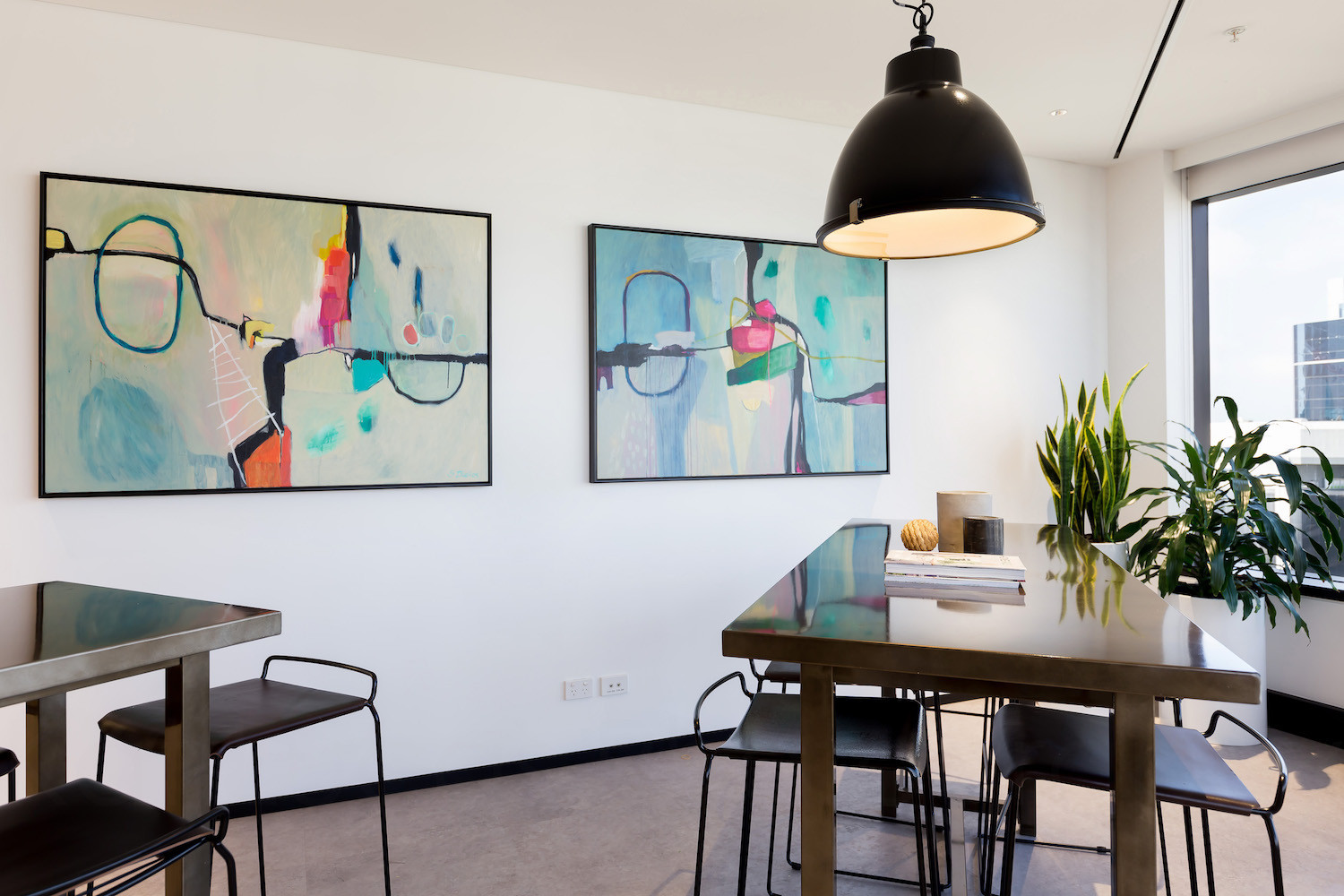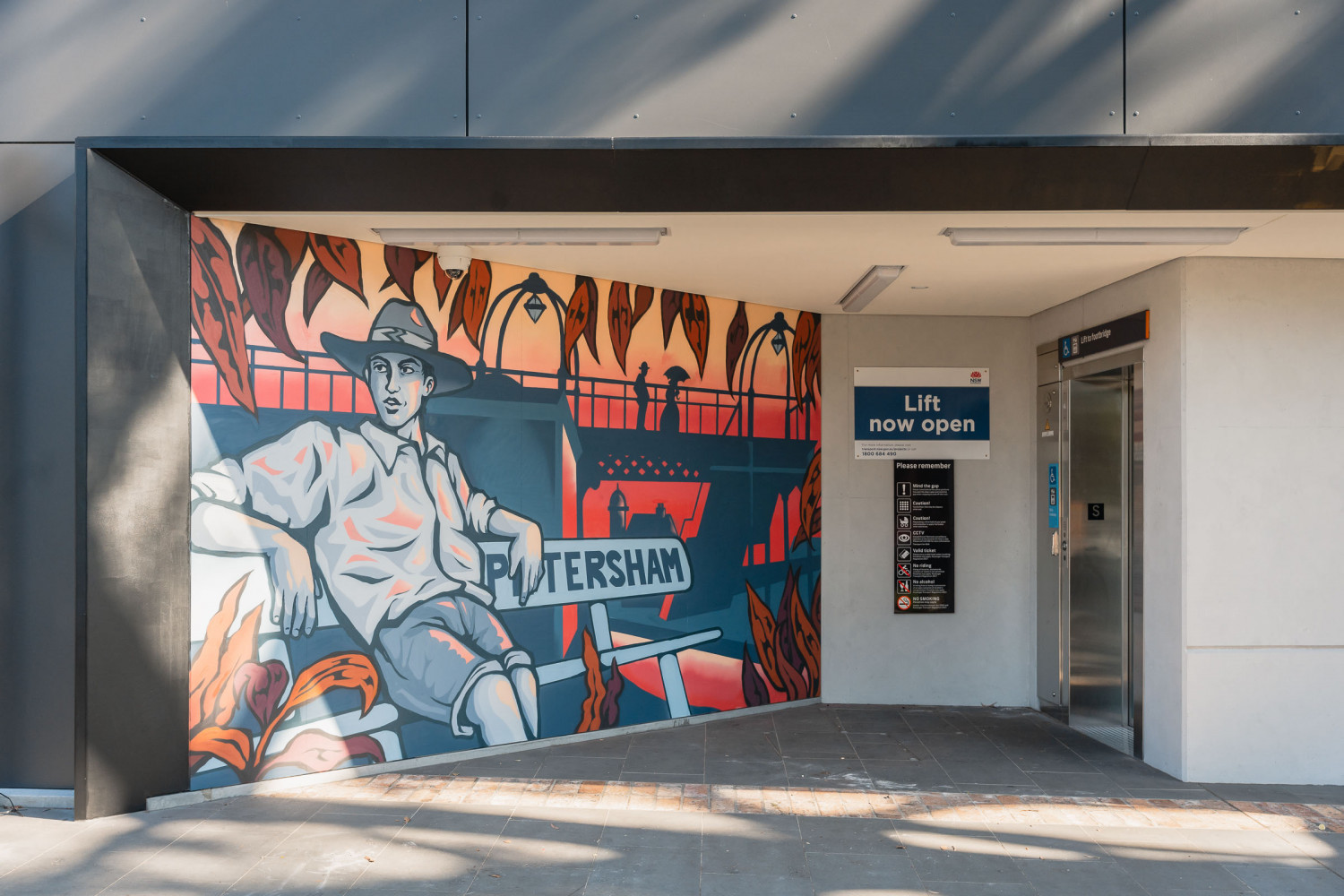
In a world where consumption is dominated by the already made, the opportunity of the bespoke feels like an unattainable luxury for most.
Most private and personal art collections are built through acquisition – the purchase of art that is already made, as opposed to bespoke art produced personally for the collector. It’s a different story, however, for public art, or within larger art collections such as that of a corporation, government space or hospital.
Back to Basics
There are two ways to secure the right artwork for a space: through commission or purchase. Purchasing an artwork involves buying a pre-existing work that is the right fit for the space or project, whereas commissioning involves creating an art strategy and sourcing an artist who can then create the artwork you’re looking for.
This article considers the pros and cons of both acquisition and commission, through lenses of time, quality, size, budget and thematic relevance.
Why acquire?
For a smaller project with a lower art budget, sometimes acquisition is the best option. This is also a great option for those who are time-poor without the resources to outsource an independent art consultant, and for projects that don’t require the sort of specificity – both to the site and to the essence of the project itself – in execution.
Art acquisition processes can save more time, as you don’t have to wait for the artwork to be made. It might also suit the projects where the stakeholders have trouble visualising the creative possibilities of an artist’s scope – for example, it can be difficult to imagine what a sculpture by a painter who has never worked in three dimensional art can manifest as, even with mood boards and 3D renders.
Why commission?
There is the common expectation that artists will have that perfect artwork in their studio waiting to find a home, but more often than not, once an artist has produced an artwork, they want it out of their studio as soon as possible. Unless you time your purchase correctly, you may miss out.
Also, art studios in metropolitan areas tend to be small and can’t hold large, or many, works of art. While galleries do hold artwork from a variety of artists, both on show and in storage, their size may not suit your space. Finally, artists are inspired by what they see – you might love the colours, style or practice of an artist, but find the works from their latest exhibition too focused on a particular theme that doesn’t align with your project.
The Final Word?
Purchasing art is always a subjective process, and what may work better for one project may not always work for another. It’s important to question if the project could benefit from a bespoke artwork that speaks to the project values and needs, or whether the acquisition process could bring great art into a space without the hassle of a commission.
The process is the journey, not the destination.











